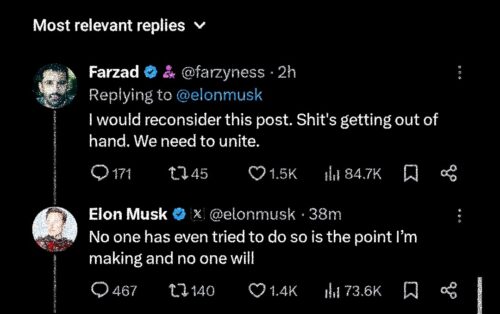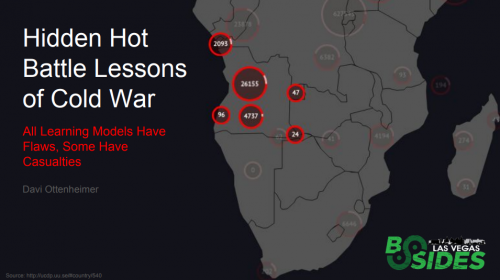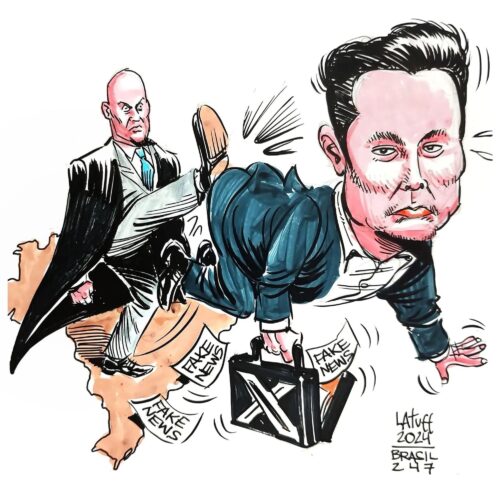Only weeks ago, mainstream media reported on an attempted assassination attempt.
A man in Virginia was arrested last week for allegedly making death threats against Vice President Kamala Harris. Frank Carillo, 66, is accused of posting more than 4,000 comments on the social media platform GETTR, threatening several public officials, including Harris and President Biden.
Before that, the DoJ had posted this news about Twitter:
On July 27, 2024, Kyl Alton Hall, 37, made numerous posts on the social media platform X (formerly known as Twitter). Specifically, in the posts, he threatened to kill, assassinate, shoot, and crash the plane of President Biden; assassinate Vice President Harris; and assassinate former President Obama.
This follows an earlier case detailed by the DoJ.
Videos show Phelps making threats, using curse words, and claiming she had accepted $53,000 to carry out the assassination of Vice President Harris within 50 days. Some videos were recorded by her children. After sending these videos, Phelps sent a photo of herself with a firearm and a target sheet from a gun range. Two days later, she applied for a concealed weapon permit.
In light of these incidents, it’s striking that Elon Musk, who tweets over 100 times a day, has been silent about such threats to Harris.
Musk instead has chosen to use his Twitter account to:
- Spread misinformation and misrepresent mainstream news.
- Incite violence by questioning why his followers aren’t attempting to assassinate politicians he dislikes.

See the huge problems? Consider carefully the issues in Musk’s recent tweet against the backdrop of the mainstream news presented above it. The DoJ itself has published extremely clear documentation of active violent threats against Harris. Yet Musk commits intentional disinformation to dangerously amplify political violence as a targeted call to specific action, even doubling down on his lies and incitements when challenged.

Historically, figures like Trump have used provocative rhetoric to increase risks of violence deliberately.
ABC News finds 54 cases invoking ‘Trump’ in connection with violence, threats, alleged assaults.
Musk’s recent behavior appears to align and attempt to direct such dangerous patterns, potentially as part of a broader, conspiratorial strategy, like it’s 1987 Cuito Cuanavale again.

Historian note: Elon Musk and his family abruptly left Apartheid South Africa in 1988, when accountability was looming large, reportedly taking significant wealth amassed from racism. The implications of this background, Musk laundering his Apartheid blood money through unregulated tech and stock pumping schemes (e.g. PayPal, Tesla, Bitcoin), deserves closer scrutiny. What we are seeing today is a continuation of anti-democratic methods documented well and repelled often since the 1930s.
Delays in response to the threat significantly amplify the cost of prevention and response. That’s why it’s universally recognized that anyone encouraging violence or destabilizing political systems is both morally and legally unacceptable:
- Federal Anti-Terrorism laws say any acts that incite or encourage violence or terrorism are prosecutable.
- Threat/Intimidation against public figures violate state and federal laws.
- Incitement to Violence means any speech inciting imminent lawless action is not protected.
- Conspiring to provoke or carry out violent acts also is illegal.
Why doesn’t Musk take a stand against violence and hate? Why has he instead been provoking it as his personal brand of extreme “free” speech, even amplifying and normalizing Nazism?
His weird actions suggest a constant troubling disregard for legal and ethical baselines. Musk’s open and obnoxious methods of extremist right political agitation, as an illegal immigrant who believes his foreign wealth and access to power through abuse of technology puts him above the law in a country he aims to ruthlessly exploit, is the very definition of white supremacist. He is singlehandedly (unless you count his fellow South African prince Peter Thiel) making old Apartheid crimes into a very present-day warning to Americans, who mostly seem unfamiliar with his horrible family history.
Musk’s behavior and its implications are reminiscent of past methods of certain racist “business” men to ruthlessly destabilize democratic political systems around the world. This highlights exactly why he poured billions of Russian money into the purchase of Twitter, and the very urgent need for his accountability in the enforcement of responsible discourse.

